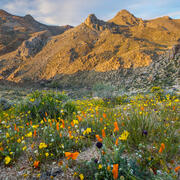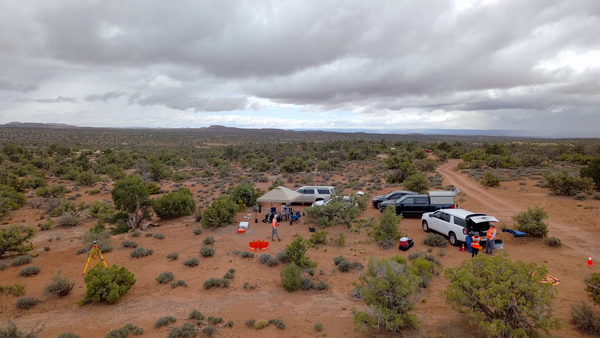Sasha seeks to provide useful information for land managers, policy-makers, and the general public. Sasha uses both basic and applied scientific approaches to improve our understanding of the fundamental controls over ecosystems, to determine how these systems respond to change, and to explore solutions for addressing relevant problems. Sasha works closely with a range of collaborators - including federal agency partners (BLM, NPS, DOE, DoD, BIA, USFS, USFWS) - in designing research studies, conducting information and technology transfer, and performing outreach activities. Some of her primary research interests include understanding how drought and increasing temperatures affect ecosystems, exploring a diversity of energy options for meeting national demand, assessing the consequences of exotic plant invasion and ways to combat them, and establishing novel management options for increased effectiveness and efficiency in restoration and reclamation. Sasha attempts to conduct research that is innovative, collaborative, and useful.















